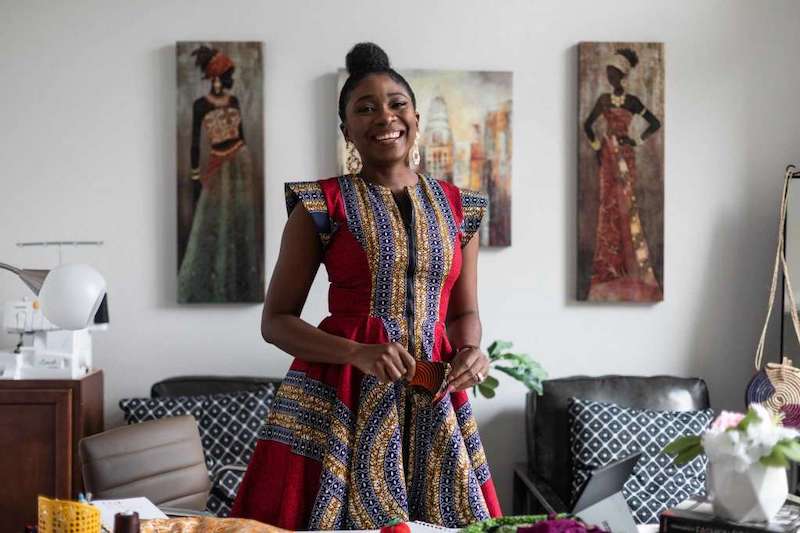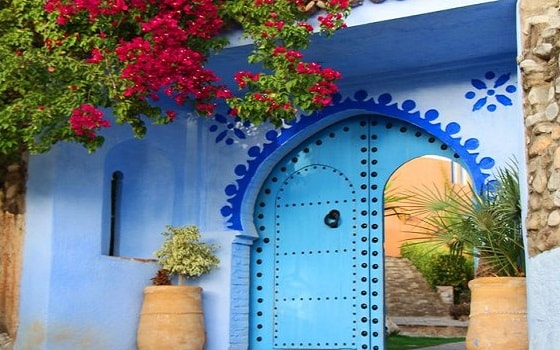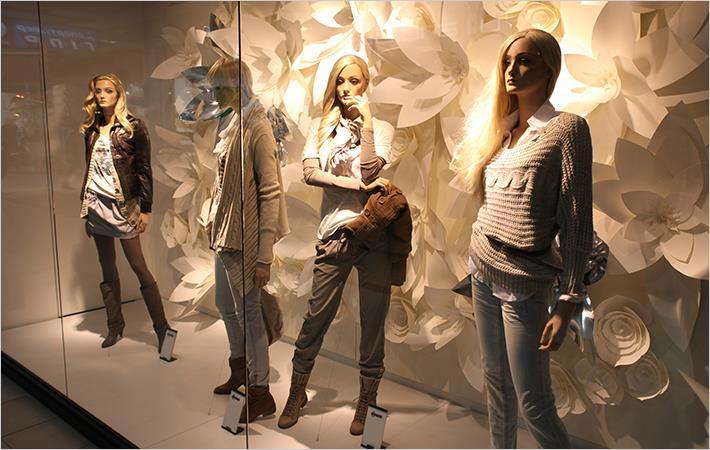By Shira Telushkin, c.2020 The New York Times Company
Who can wear African prints? The recent outpouring of support for Black-owned businesses has brought attention to fashion labels that work with African prints. The labels, many of them founded by West African designers living in the United States and Britain, are turning the traditional patterns of West African fabric into contemporary American silhouettes.
“May was our biggest month ever, and June is going to be bigger than May,” said Addie Elabor, founder and designer of D’iyanu, an African print label introduced in 2014.
Nicolette Orji, also known as Nikki Billie Jean, founder of the All Things Ankara blog and a designer herself, was similarly upbeat. “Anyone who is selling anything online right now is feeling that support, and it’s amazing — though kind of overdue.”
While the largest market for most of these designers is Black people born and raised in America, success this year has also brought new buyers.
“When I first released my masks, one of my white friends texted me to say, ‘Can I buy this, or would that be a bad idea?’” said Maya Lake, founder of Boxing Kitten, the label that is often credited as one of the first to put ankara print on the American fashion radar.
“I said she should buy it. I mean, especially now if you want to support Black-owned businesses. I think it’s fine.”
But, Lake said, there is an important distinction between non-Black buyers using their money to support Black designers and non-Black designers using African-associated prints to make money for themselves.

“As a Black American, I relate to the fabric in a different way,” she said. “If someone doesn’t have a personal connection, culturally, to the fabric, that’s not cool,” she said, referring to fashion houses like Stella McCartney, which got pushback for using ankara prints. “Just going to a place and studying a thing doesn’t mean you can co-opt it to make money.”
The distinction between buyers and designers is an important one for many in the industry.
“I would like to see African print everywhere,” said Yetunde Olukoya, a Nigerian-born designer who moved to Texas with her husband when she was 26. “As long as it’s made in Africa and puts value back into the people who actually made this fashion popular, then I would love to see it worn all over the world.”
Ray Darten, the label she started in her living room in Fulshear in 2016 with 160 pieces she sewed by hand, now employs more than 100 workers in Nigeria.
For Olukoya, ankara print clothing counters the narratives that too often associate much of Africa with poverty and disease. “Americans needed to learn that there are beautiful things that come out of here,” she said.
Olukoya estimates that about 80 percent of her customer base is African American.

For Elabor, who moved to the United States from Nigeria as a child, it is important that any designer who popularizes African print be of African descent. “Otherwise, it would make it seem like we had to wait for another race to come and use this before the world could see it as popular,” she said.
Orji, of All Things Ankara, has seen a sharp increase in white buyers on her site in the last month, a trend she welcomes. She does publish photographs of non-Black models in ankara print. “If we want these prints to go viral, then we need more people to use them,” she said.
Part of what is driving the current conversation is that while African-born designers see African print as a way to spread their culture, they are selling it in a country that has its own separate history and relationship to these fabrics.
Many people in America — of all colors — grew up associating African print clothing with expressions of Black pride, based on its popularity during the civil rights era and its use in the Black Power movement as a way to show solidarity and connection with one’s African heritage. They see the fashion not as a way to spread African culture but to reclaim it.

“The first time a customer cried in one of my pop-up shops, I didn’t know what to do,” said Olukoya of Ray Darten. “But then as she began to explain to me how she felt, I started crying as well. I’m Nigerian, I know where I am from, and I can’t imagine what it would feel like if I didn’t know where I was from. It’s not just about the clothes on the racks. It’s about being confident in them and confident in the culture.”
Abiye Yvonne Dede, a British designer born in Nigeria and founder of the clothing line L’aviye, estimates that about 70 percent of her business comes from the United States, with African Americans being her largest demographic.
A few weeks ago, she put up an Instagram post in which she wore her designs alongside models in L’aviye clothes. “Because we’re always being asked if L’aviye is Black owned,” the caption read.
Comments came quickly: “Now I can buy. I did research and could not find if it was black owned. My bank account is already crying!!!”
Other designers see their African heritage as a point of departure from which they can bring something new to the global fashion scene.

“As I sat on vacation, looking basic because I had nothing else to wear, I decided to start pursuing swimsuits,” Buki Ade said about why she founded Bfyne, a swimwear company known for its innovative use of straps, sleeves and prints drawn from her Nigerian heritage.
“In these designs, you can walk into the room, and you don’t have to say a word because your outfit has already introduced you,” she said. “It’s a vibe.”
Recent months have brought more attention, including in Allure and Elle, magazines she believes would not have known about her label if not for a heightened awareness of Black designers. She is grateful for the attention but finds it hard to think about the reason so many Black designers are suddenly being given the spotlight.
With the notable exception of kente cloth, many recognizable African prints today are based on Indonesian batiks. Known as African wax block prints, or Dutch wax prints, they were introduced to West Africa by Dutch merchants in the mid-1800s after the Dutch tried to imitate traditional batik fabrics through machine-made work but found that their mechanized fabrics failed to penetrate the Indonesian market.
Vlisco, a Dutch fabric company established in the Netherlands in 1846, designed and produced cloth sold all over West Africa. Today it continues to design many of the most popular fabrics sold in the region, though the cloth itself is named and given its particular cultural significance by local women.
Even dashiki tops, as popularized in the United States in the late 1960s, were styled from Vlisco’s Angelina print, which in turn was taken from a long-standing West African tunic design.
For centuries, patterns have been a way to communicate without saying a word, and it can be jarring for some to see these designs worn without regard to their original messages. (Some of the cloth used now for shorts, halter dresses and jumpsuits holds specific meaning in Nigeria or Ghana, where it may signal that one is pregnant, newly married or mourning a relative.) But others said there is no way to stop cultural innovation.
“There is a time to say you want to wear something because you look really good in it and you like it,” said Paulette Young, director of the Young Robertson Gallery in New York, which specializes in the visual arts of Africa. “And that’s OK, too.” Young wrote her dissertation on the Dutch origins of African wax fabrics.
Scot Brown, an associate professor at UCLA and a historian of African American social movements and popular culture, is not worried about whether ankara print will lose its significance for the African American community if it goes mainstream. Although he loves his D’iyanu blazers, he sees the innovative use of this print for Western business clothes as another sign that African fashion will constantly evolve and adapt to changing conditions.
“When something goes mainstream, there is always some new underground thing happening,” Brown said, adding that expressions of Black pride will simply evolve and take up new forms. “Africa style is such a vast, almost infinite body of creativity that you don’t ever have to worry about running out of creative gas.”



















